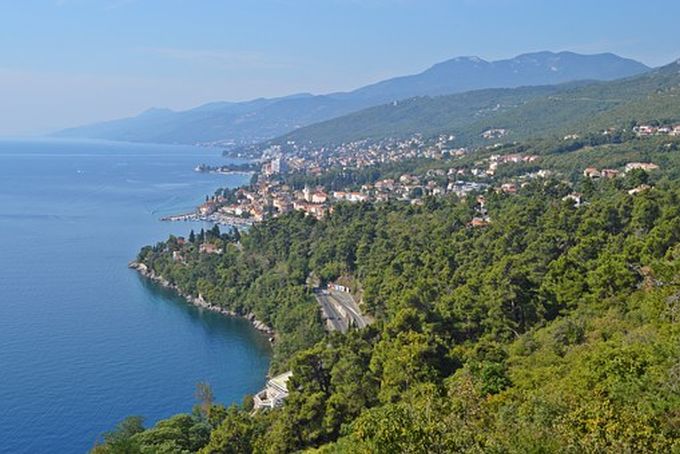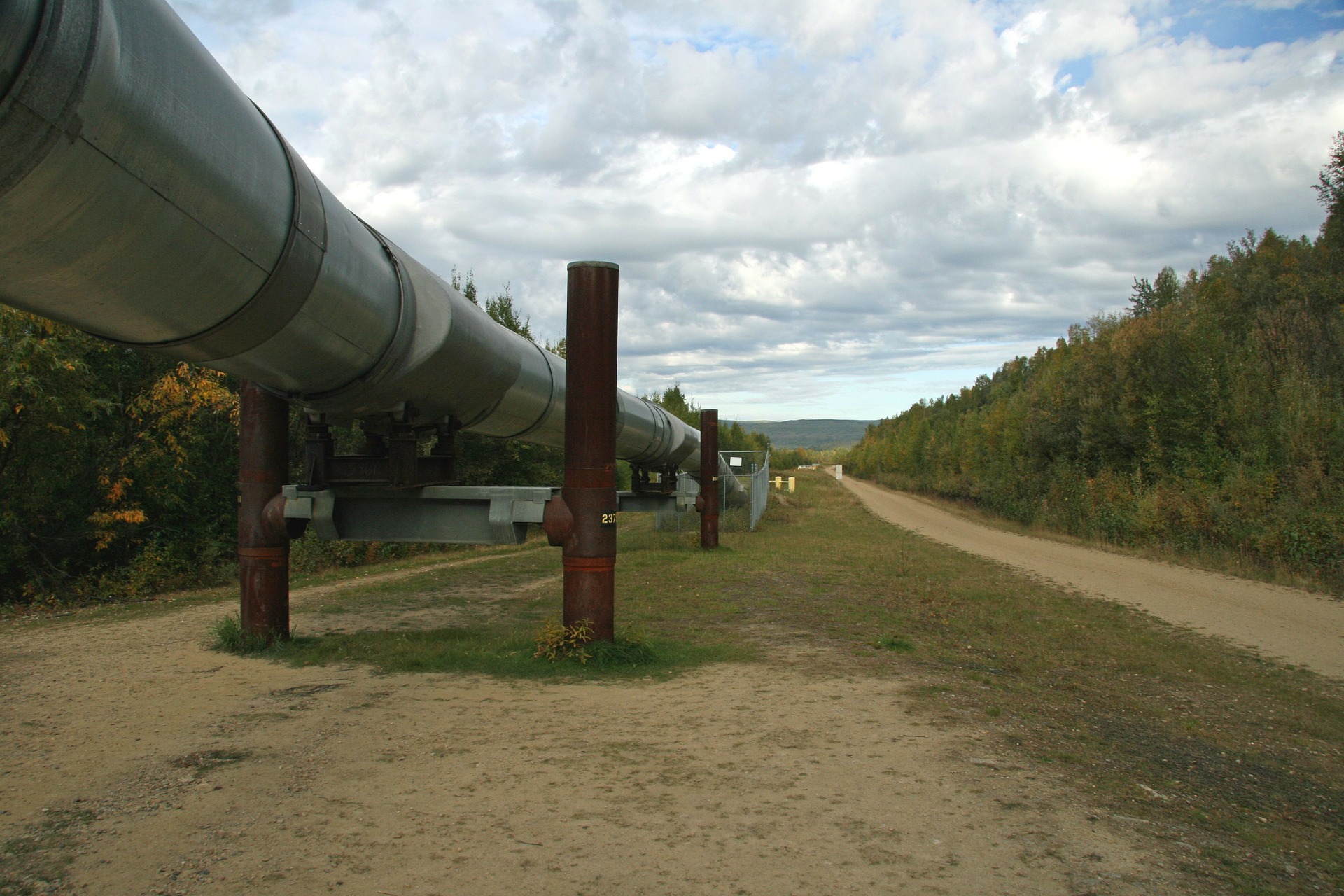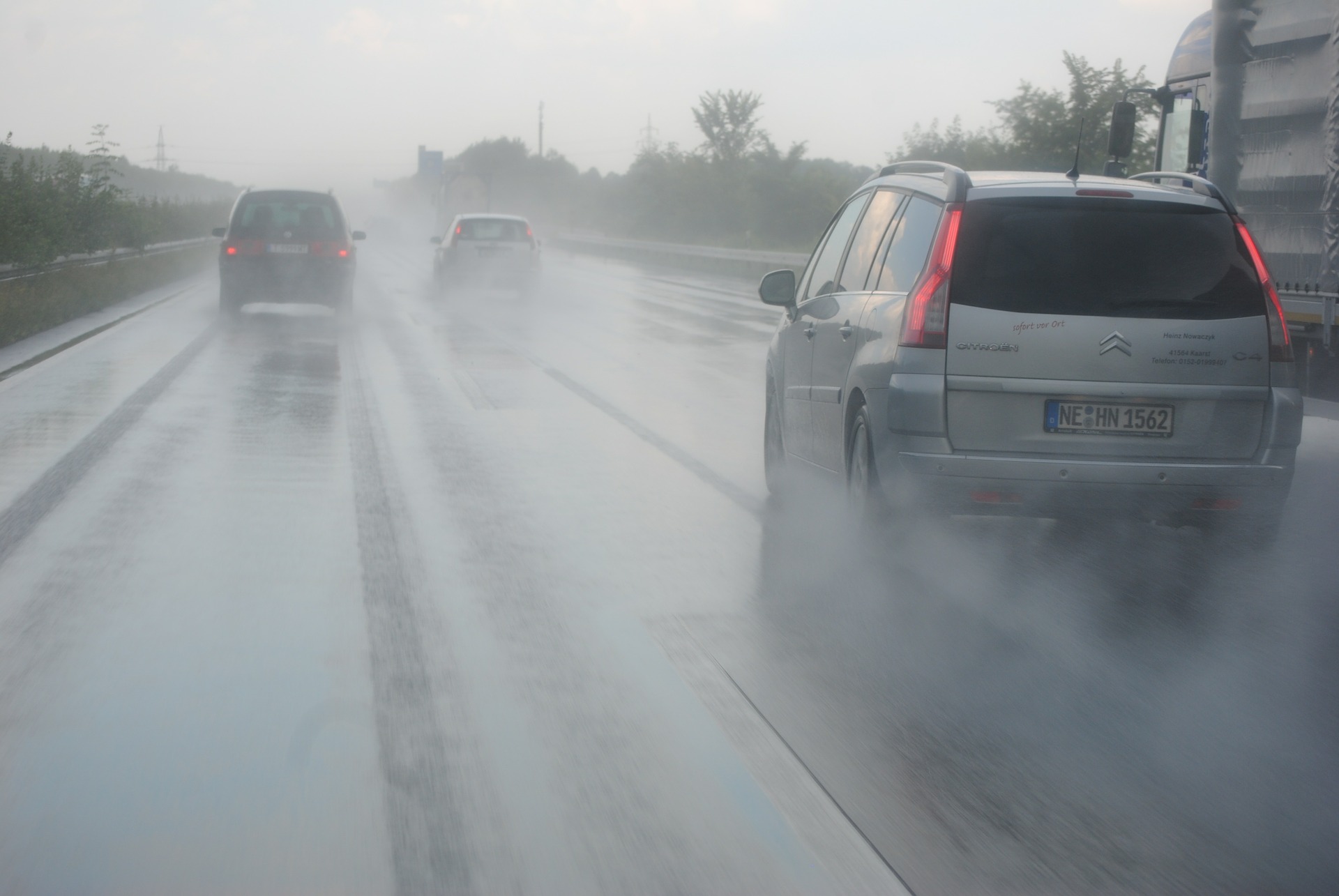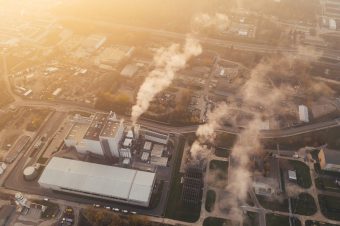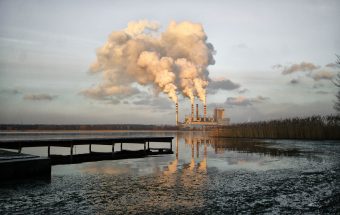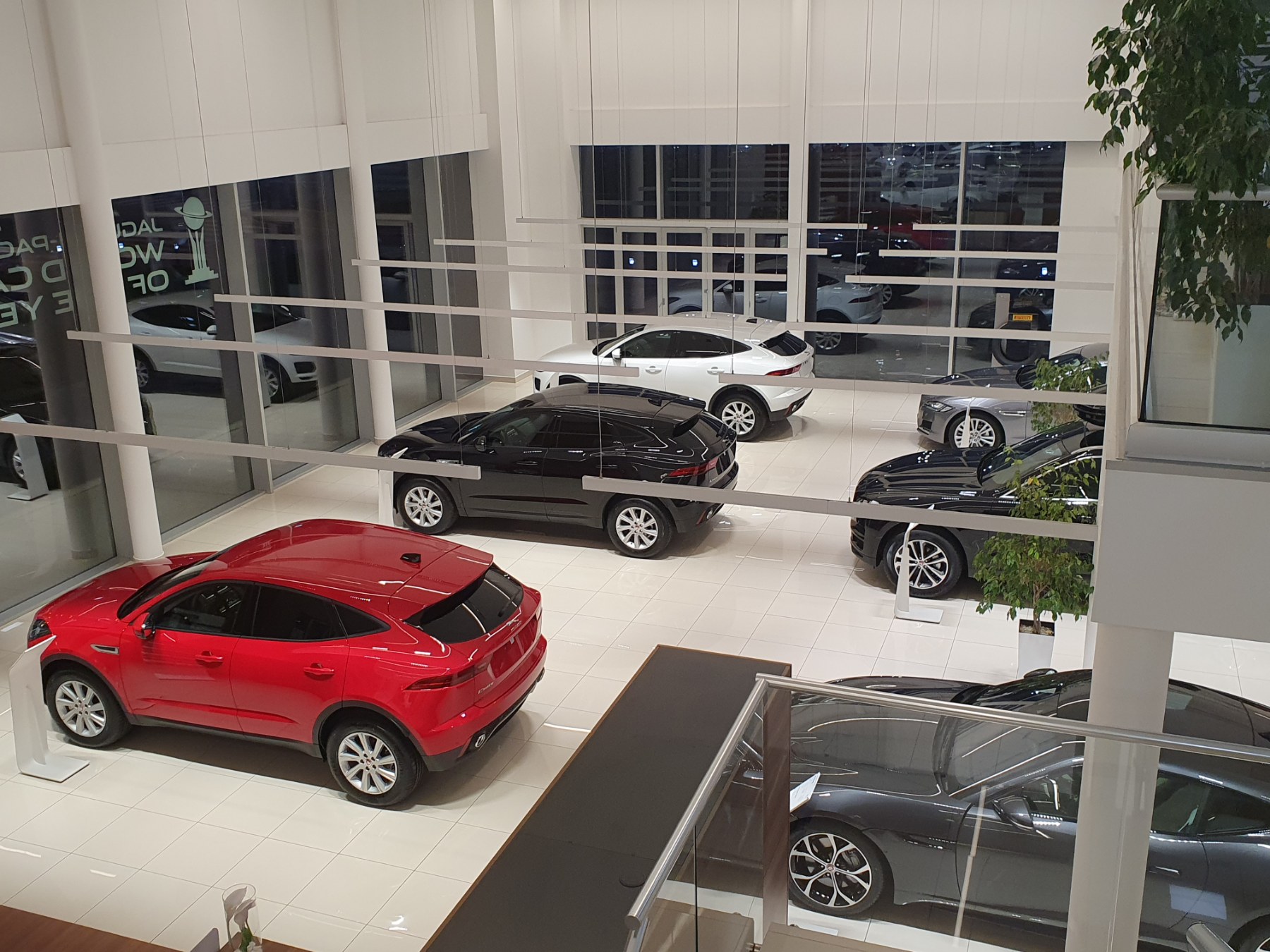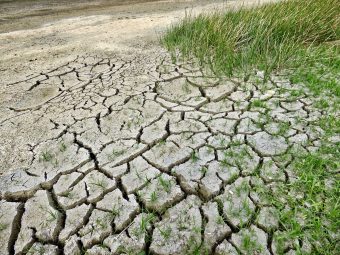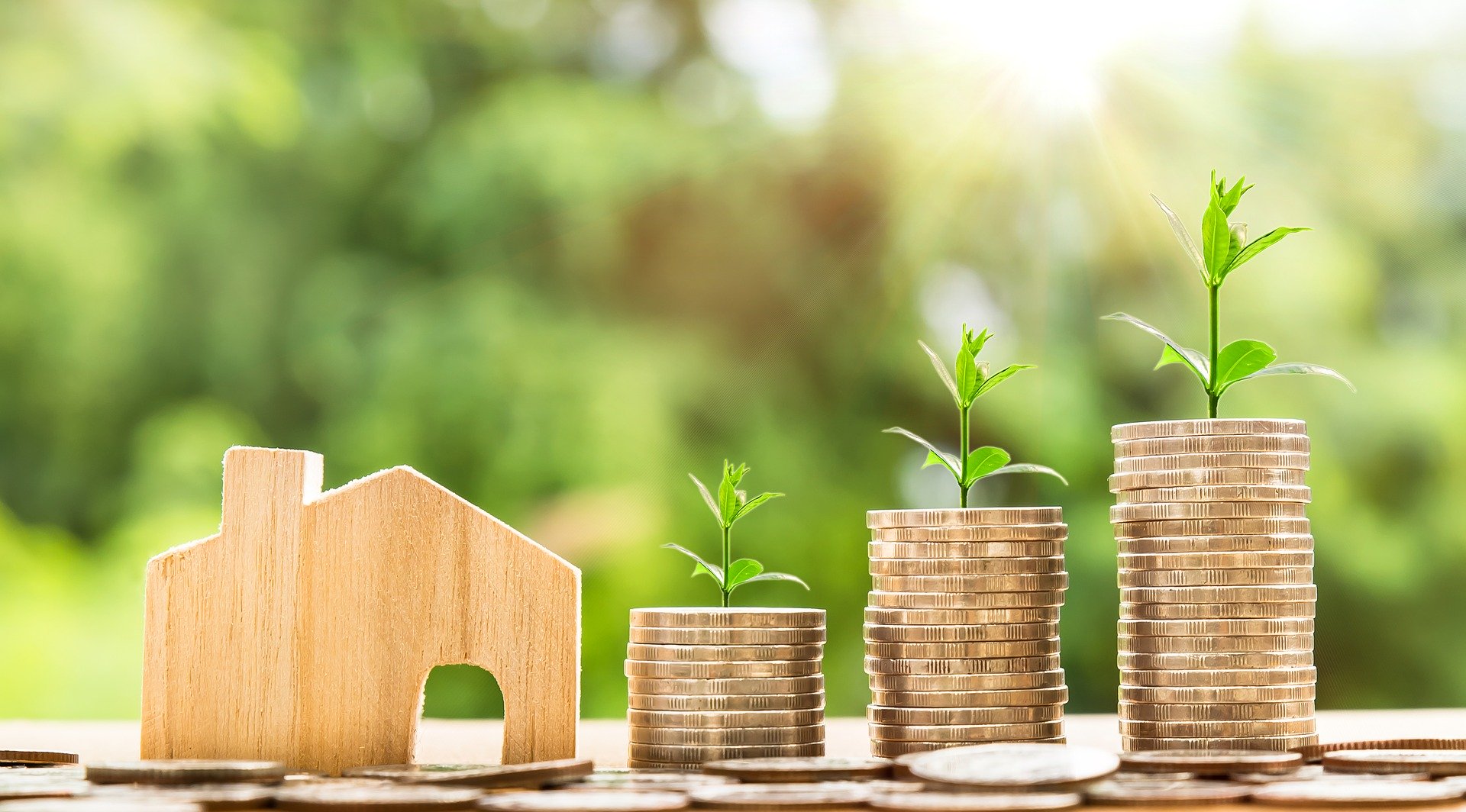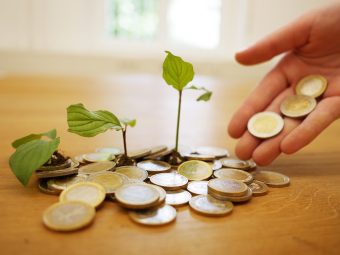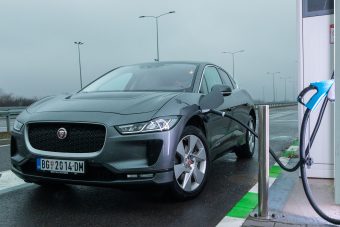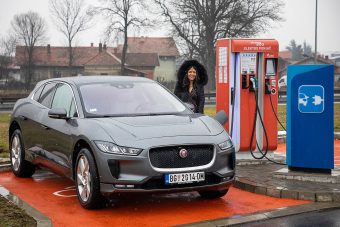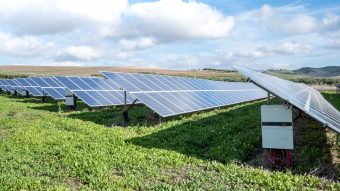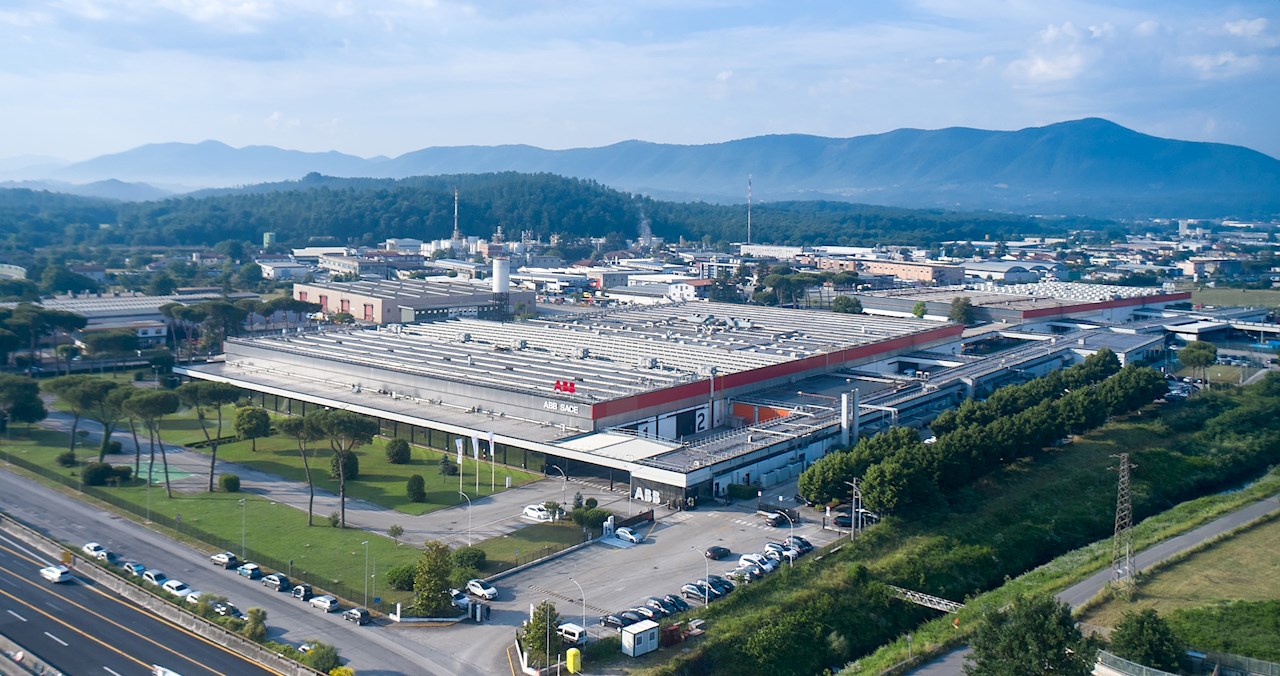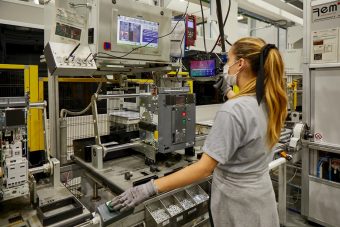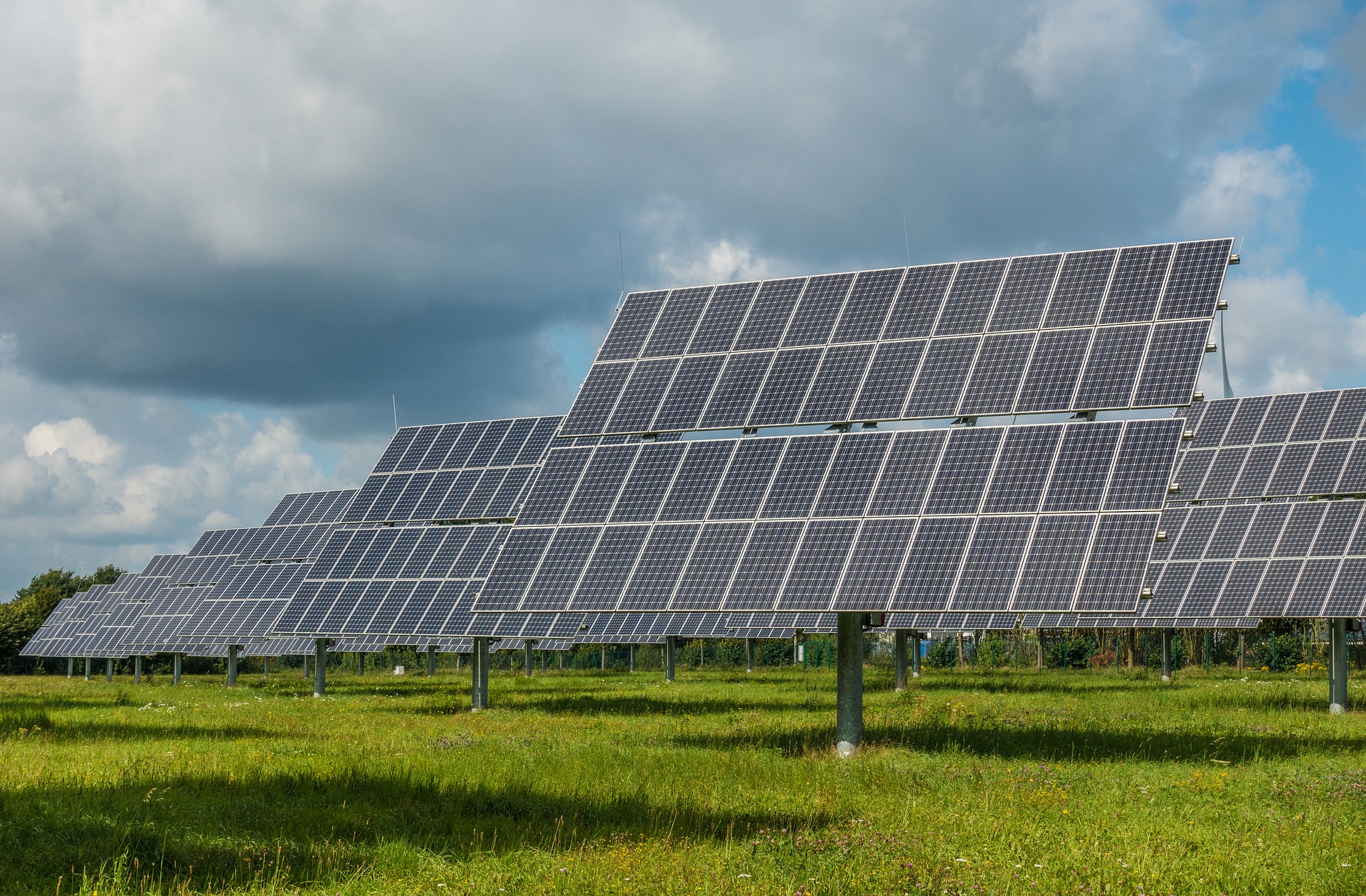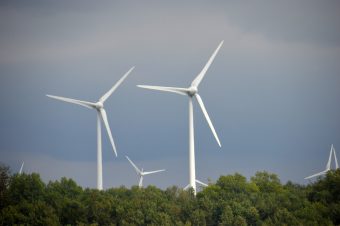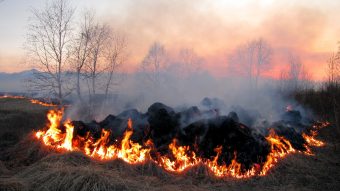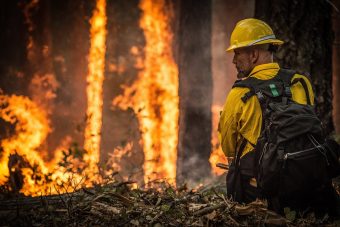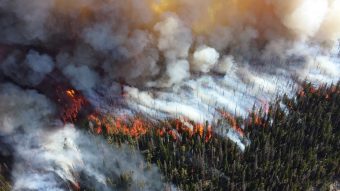
The 37th International Scientific and Expert Meeting of Gas Professionals will be held this year from 11th to 13th May at the Congress Centre of the Grand Hotel Adriatic in Opatija. The three-day international gas conference and exhibition in Opatija, organised by the Croatian Gas Association (CGA), a member of the International Gas Union (IGU), and the Croatian Gas Centre Ltd, is one of the largest of its kind in Southeast Europe.
During three days of the meeting, a few hundred recognised gas and energy professionals from more than 20 countries are expected to participate, along with about 50 reputable lecturers and 30 exhibitors. The interesting conference program will cover 10 current thematic units, a number of interactive panel discussions and a poster session on the most relevant themes in the gas business and the energy industry.
The organisers will endeavour to divide this year’s conference programme (umetnuti link za programme) into strategic and technical sections. The first section will address strategic themes such as trends on the natural gas market, fluctuating gas prices and future expectations, the key role of the gas infrastructure in establishing decarbonisation and a reliable energy system, as well as consequences of the EU regulatory framework on accelerating decarbonisation for the gas sector. The second and third days of the conference will cover technical themes, new technologies and innovation in the gas sector in the era of decarbonisation, development potentials of LNG terminals, issues facing transport, distribution, storage and consumption of gas in terms of securing an efficient, secure and low-carbon system as well as numerous other themes.
Throughout the world, natural gas has an important and positive role on global energy markets and in energy transition; hence the goal of this conference is to understand and acknowledge the key role of natural gas as another reliable and clean pillar of energy transition, along with renewable sources. It is with great delight that we are announcing an invitational lecture by Andree Steghera, SVP of the Energy Transition at SNAM, elected President of the International Gas Union (IGU) from 2025 to 2028 and current VP of IGU who will speak about the trending record high gas prices in Europe and measures undertaken by EU Member States as well as forecasted trends on the global gas market in the coming period.
Torben Brabo, President of the Gas Infrastructure Europe association (GIE), will hold a talk on partnerships in gas infrastructure incorporating renewable and low-carbon molecules, regulations on blending hydrogen in the natural gas network, as well as pure hydrogen networks, and will exhibit examples of specific hydrogen corridors in the regions.
The Policy Advisor before the Gas Infrastructure Europe (GIE), Mathilde Blanchard, will speak about repositioning gas infrastructure companies in the context of the European Green Deal and the “Fit for 55” packet, which requires new skills and talents for the transition to green fuels. This is an opportunity for young experts to become initiators of change and socially engaged. The increasing integration of energy systems has led to greater mutual interconnected careers in the gas and energy profession. This year, organisers provided the opportunity to ambitious students from many technical and other faculties in Croatia to register their papers and show their talents by presenting the best quality expert papers from the area of natural gas and energy.
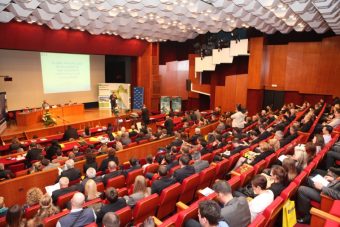
A number of interesting lectures on the effects of the EU strategy for reducing methane emissions on the natural gas sector will be given including challenges and possibilities of decarbonisation of the future natural gas and LNG value chain. An important part of the soon-to-be gathering will be presentations of a number of expert papers on the application of smart technologies, innovations and digital transformation in the gas sector. The seventh thematic unit will include a presentation of the development potential for LNG (liquid natural gas) terminals and their important role in the future European gas infrastructure as well as ensuring reliability of supply and decarbonisation.
The conference will also address the development of sustainable transport systems driven by compressed natural gas (LPG), liquefied natural gas (LNG) and liquefied petroleum gas (LPG). Numerous domestic and foreign experts will present papers on issues facing transport, distribution, storage and consumption of gas in terms of securing an efficient, secure and low-carbon system gas system. Peter Kristensen, the main director of strategy for the company Evida and president of the Ready4H2 project, will present the H2 project and the readiness of European natural gas distributors for blending hydrogen. The goal of the Ready4H2 project is a new alliance of 90 local operators of distribution systems from 17 countries throughout Europe, dedicated to developing and expertise as well as experience to prepare the implementation of transforming gas distributors towards climate neutrality.
Held in parallel with the conference is an exhibition of gas equipment and technologies where numerous national and foreign exhibitors will present advanced technical solutions for the gas business and energy industry. Companies sponsoring the gathering will have the opportunity to strengthen their position, display their expertise and new technical solutions for overcoming challenges in the gas business.
The targeted thematic units and distinguished speakers are some of the advantages of the gathering in linking science, education, the profession and companies that actively participate in the gas business. The mobile application, accessible prior to opening the gathering, and social events in Opatija will ensure ample to time for interactive network and achieving new business opportunities.
Ensure your place in Opatija on time!
The link to the preliminary programme and the registration form are available on the event website.
Source: Croatian Gas Association (CGA)


